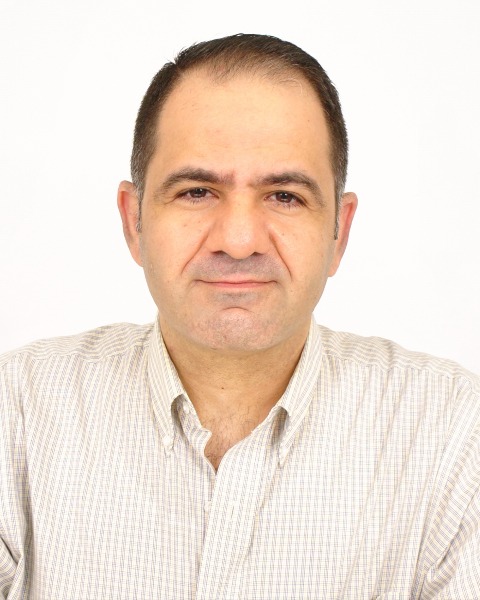Neonatology
Session: Neonatal Fetal Nutrition & Metabolism 3: Enteral Nutrition
439 - Risk factors associated with the development of necrotizing enterocolitis in preterm infants on exclusive human milk feeds, a single center case-control study.
Sunday, May 5, 2024
3:30 PM - 6:00 PM ET
Poster Number: 439
Publication Number: 439.1945
Publication Number: 439.1945

Haider Ailumerab, MD (he/him/his)
Neonatal-Perinatal Fellow
Oklahoma Childrens Hospital at OU Health
Oklahoma City, Oklahoma, United States
Presenting Author(s)
Background: An exclusive human milk diet (EHMD) [mother’s own milk or donor human milk (DHM) fortified with a DHM-derived fortifier], significantly reduces the incidence of necrotizing enterocolitis (NEC) in comparison to diets containing cow milk-based formula and/or fortifier. Despite this intervention, a subset of infants continue to develop NEC. The factors associated with NEC in infants on an EHMD remain inadequately characterized.
Objective: To identify neonatal and maternal risk factors that may contribute to NEC development in preterm infants receiving an EHMD.
Design/Methods: In a retrospective case-control study of infants born 2016-2023, infants < 32 weeks gestational age (GA) at birth and < 1500 g birth weight (BW) who developed NEC ≥ stage 2 while receiving an EHMD were compared to infants that did not develop NEC. Cases were matched with controls 1:3-1:4 based on BW, GA at birth, and birth date. Demographic, perinatal risk, postnatal growth, nutritional intake, inflammation/infection, and comorbidity related data were collected. Univariate analysis was performed utilizing Welch’s t test for continuous and Fisher’s exact test for categorical variables. The likelihood of NEC was then modeled with logistic regression.
Results: After exclusion criteria were applied, 27 cases and 98 controls were retained. Cases and controls were statistically indistinguishable on baseline characteristics (Table 1). NEC occurred at a mean of 22± 9 days of life with a 22% mortality rate (Figure 1). Maternal urinary tract infection (UTI) and neutrophil to lymphocyte (N-to-L) ratio before delivery in addition to use of vasopressors or PDA treatment in the infant were significant in univariate analysis (Figure 2). Modeling of prenatal factors showed that odds of developing NEC were 3 times higher (CI 1.1– 8.4) when two of three factors (PROM, chorioamnionitis, or high maternal N-to-L ratio) were present. Further in-depth modeling is in progress to assess the compounded risk with the inclusion of additional factors.
Conclusion(s): Despite interventions NEC remains a concern, underlining its multifactorial nature. By studying in the context of an EHMD, our study identified risk factors that can be delineated prior to clinical illness and particularly hint at maternal inflammation and hemodynamic instability as a potential contributor to NEC. Further research is needed to establish if these findings may be utilized to develop earlier identification of at-risk infants and target preventative strategies toward this disease.
.jpg)
.jpg)
.jpg)
